How to grow a giant pumpkin – 6 vital steps to maximize the size of your crops
It all comes down to seed, site, and feed if you want to impress with large pumpkins
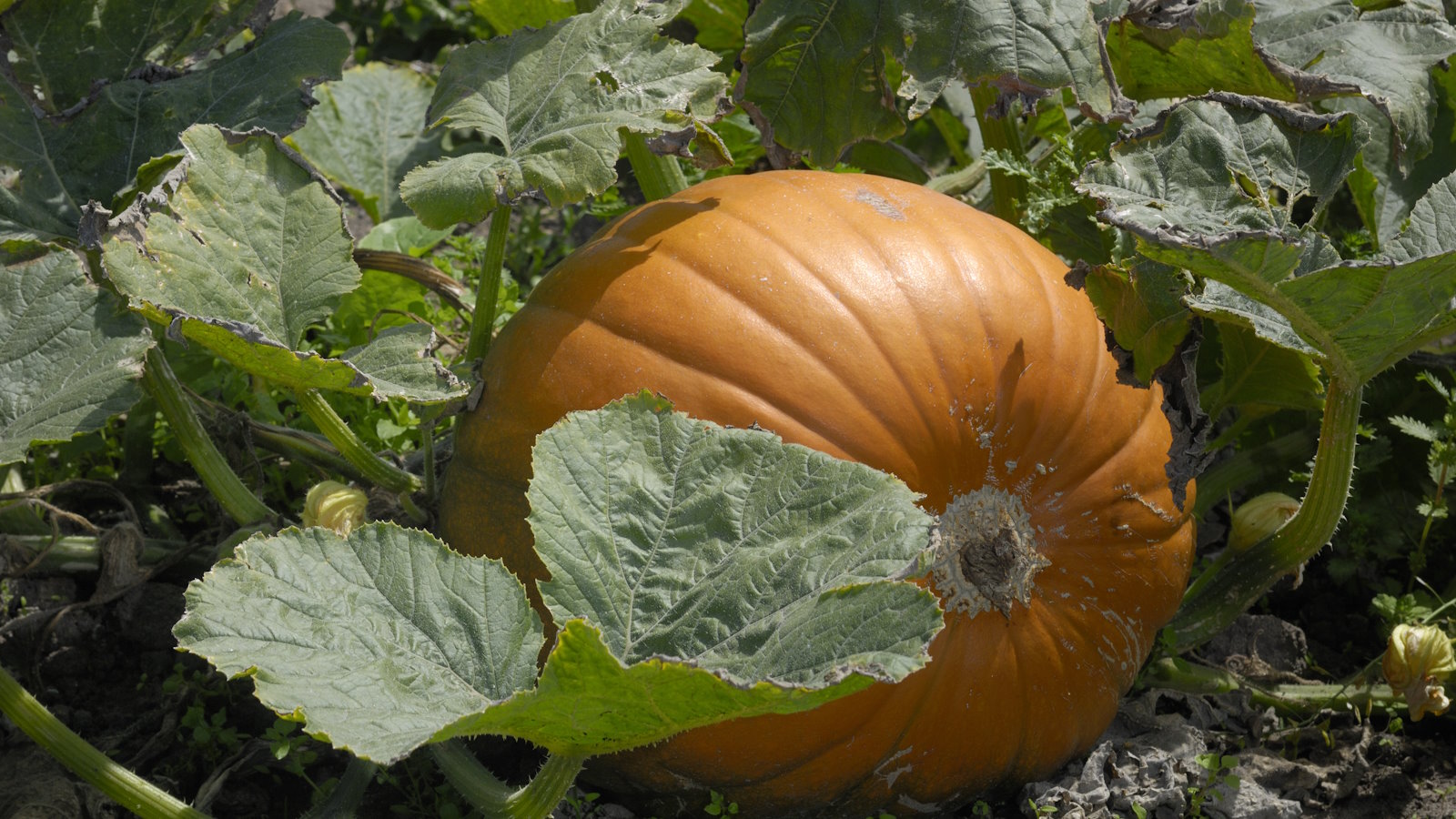

Pumpkins are a fantastic and simple plant to grow. There are many gardeners that grow them each and every year, whether as a family project to display at Halloween or for the sheer range of culinary uses that pumpkins have.
The world record for the heaviest pumpkin was recently broken when a man in Minnesota grew a pumpkin that weighed a whopping 2,749 pounds. That may be a little extreme for many home growers, but there remain lots of people who try every year to grow the biggest pumpkin possible.
When it comes to growing pumpkins, the giant ones do require more attention than everyday fruits. If you want to learn how to grow huge pumpkins, it is important to understand that you are going to need the right seeds, a lot of time and patience, and also a little bit of luck.
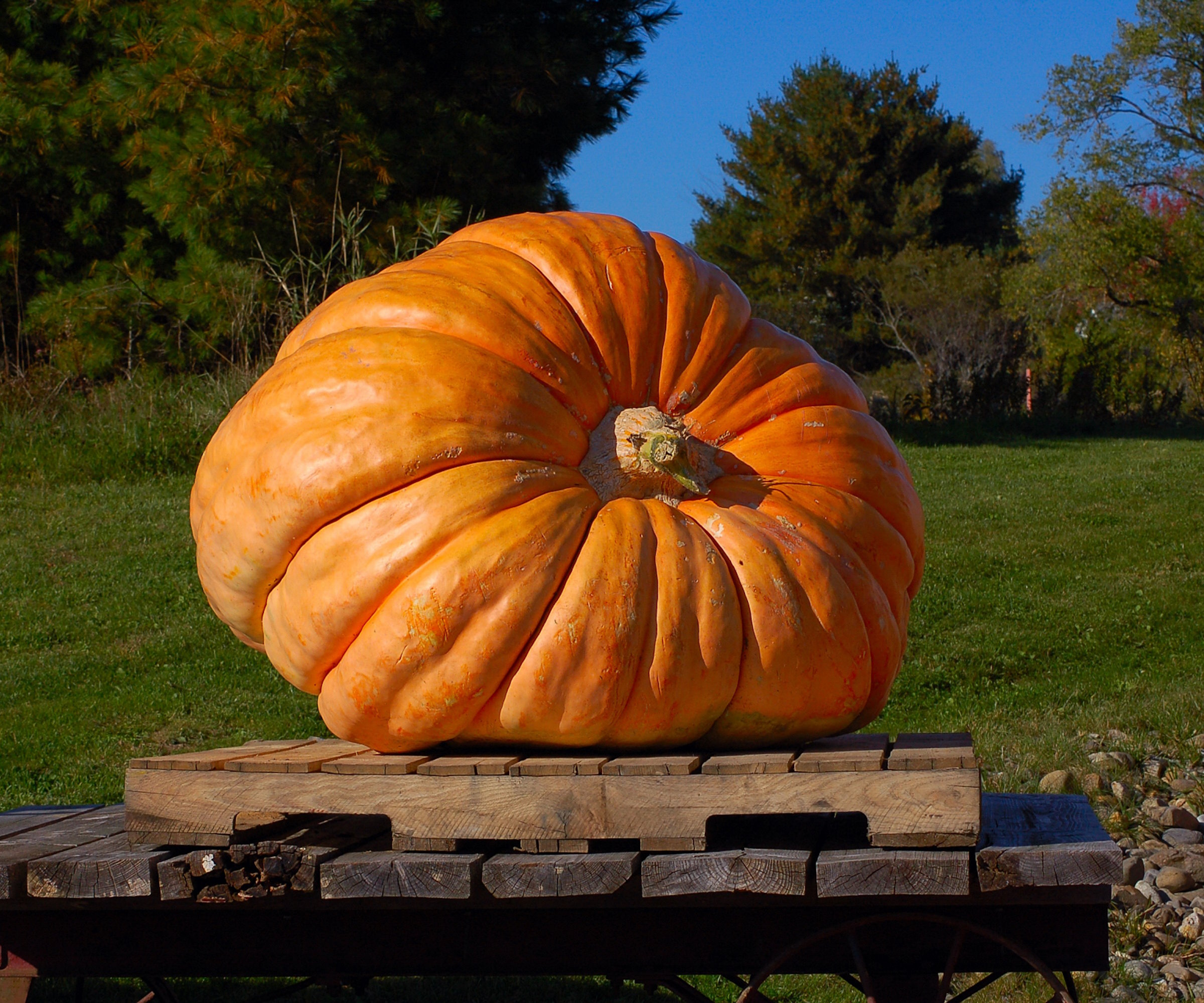
Giant pumpkins can weight hundreds, or thousands, of pounds
Top tips to grow a giant pumpkin
The basics to growing giant pumpkins are the same as growing standard pumpkins, ones that you might use to decorate with pumpkins for Halloween or use in the kitchen. However, there are some key distinct differences that are vital if you want your pumpkins to grow to a supreme size. That includes the seeds you use, how much you feed plants, and how you prune pumpkins to make sure that they become giant. We take a closer look at some of the tricks you may need to know if you want to grow giant pumpkins.
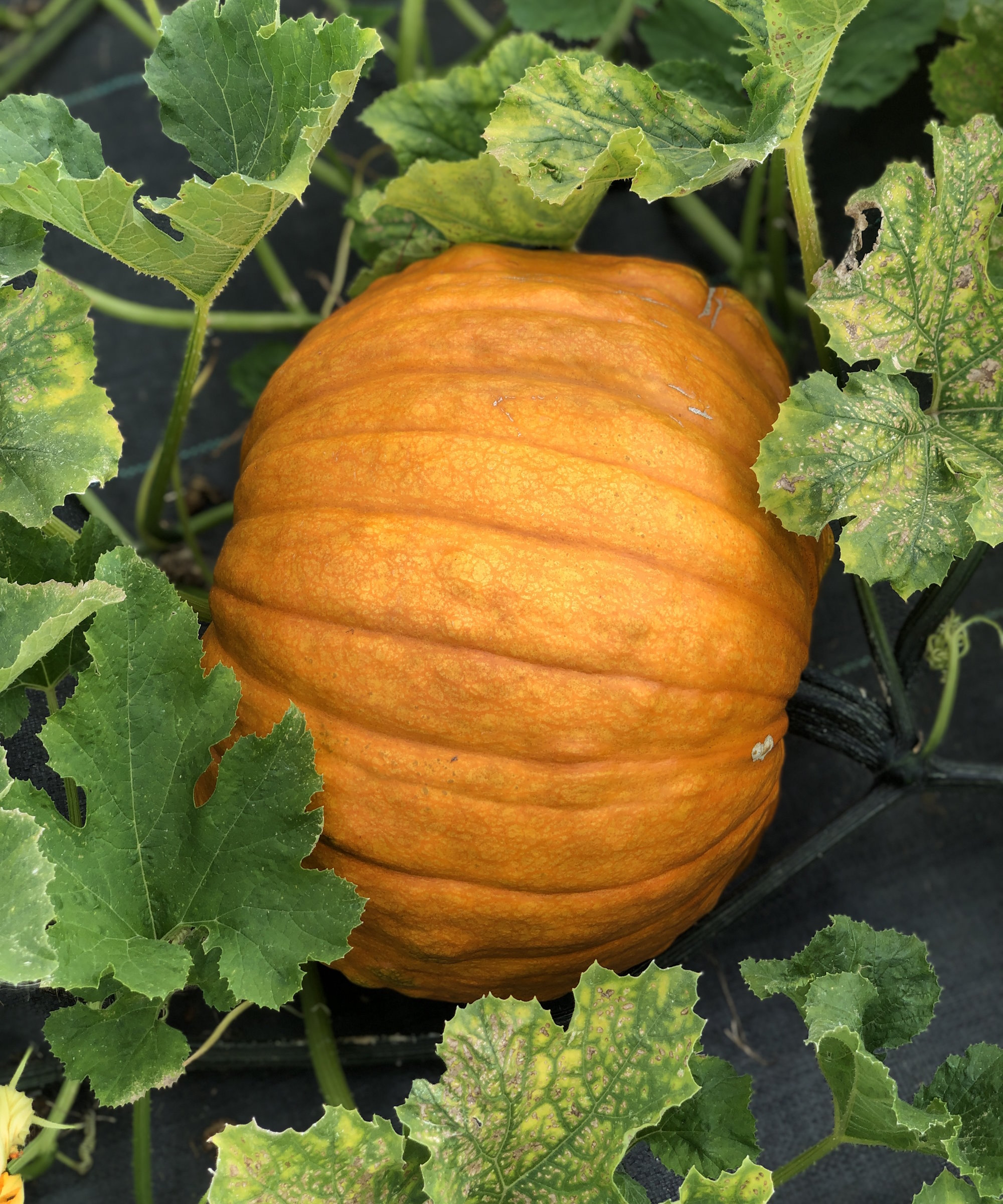
Pumpkins are simple to grow, but extra effort is required if you want giant pumpkins
1. Seeds
If you want to grow a really big pumpkin, the key is going to be genetics and getting the right seeds. While you can grow large pumpkins using many types of commonly-available seeds, if you want your pumpkins to be giant then you need proven types.
There are certain types of pumpkin that have been specially-bred to grow to giant size. These seeds may be harder to get hold off, but dedicated giant veg growers do harvest pumpkin seeds to sell from their own massive fruits.
These pumpkins are going to be great for size and show, or impressive for you are going to carve a pumpkin, but they are not great in terms of flavor. For large homegrown pumpkins that are still perfectly usable, it may be better to settle for types such as 'Atlantic Giant', 'Big Max', or 'Prizewinner'. You can get Pumpkin 'Big Max' seeds from True Leaf Market that can grow into pumpkins weighing over 100 lbs.
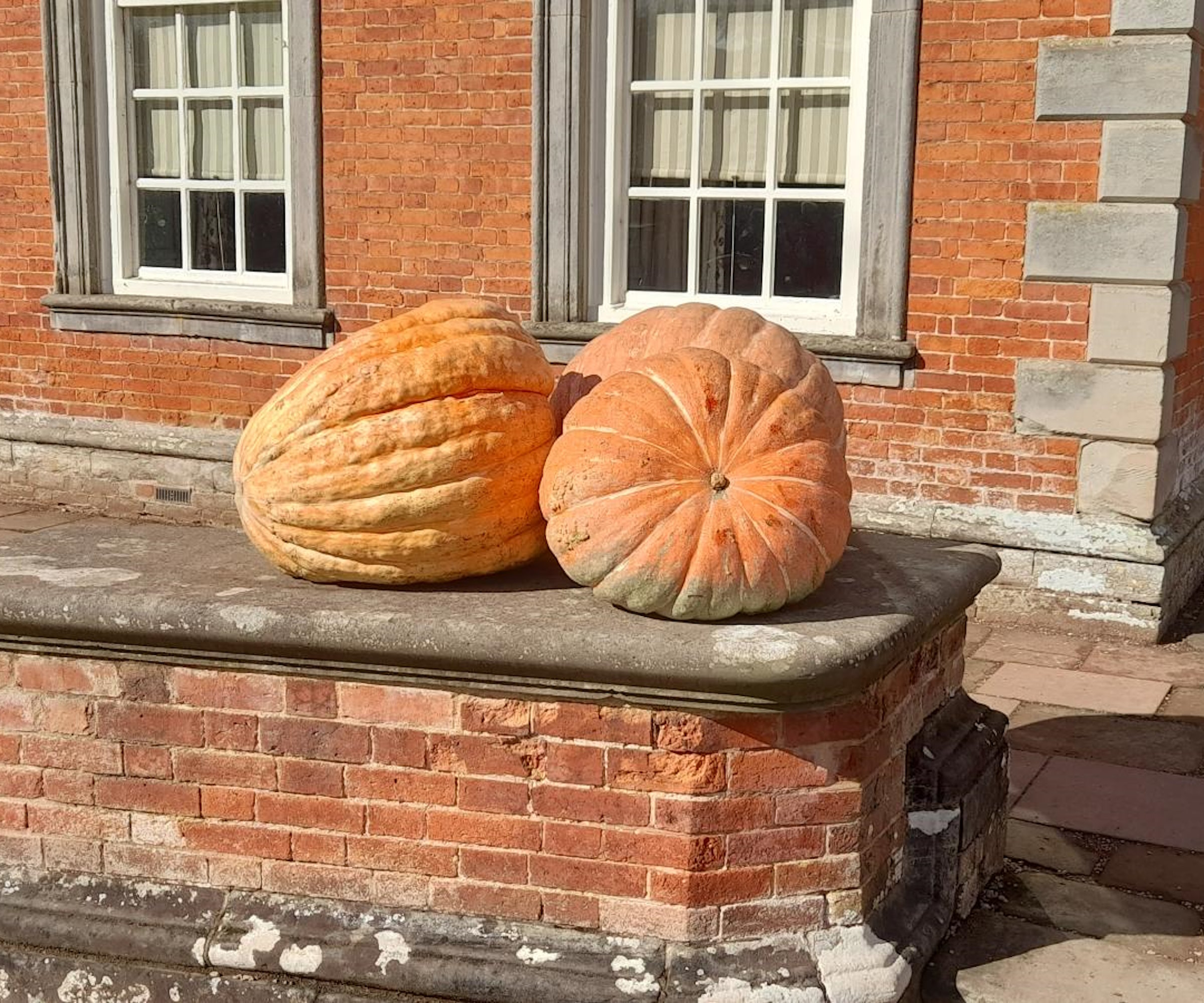
'Big Max' pumpkins are a very large variety to grow
2. Planting
Seeds are best started indoors in April, either in a heated greenhouse or a heated propagator. A soil temperature of 70-75F will help seeds germinate quickly, within a week or two. You can transplant seedlings once they have their first true leaves, within a few weeks.
Plant pumpkins out, after a period of hardening off, when the risk of frosts has passed for your area. Give plants a lot of space and aim for around 8-10 feet between each pumpkin plant. It might be beneficial to cover the plant with a cloche or fleece to keep the seedling warm and start it growing off on a good foot. This will also protect the young pumpkin from any surprising dips in night-time temperatures.
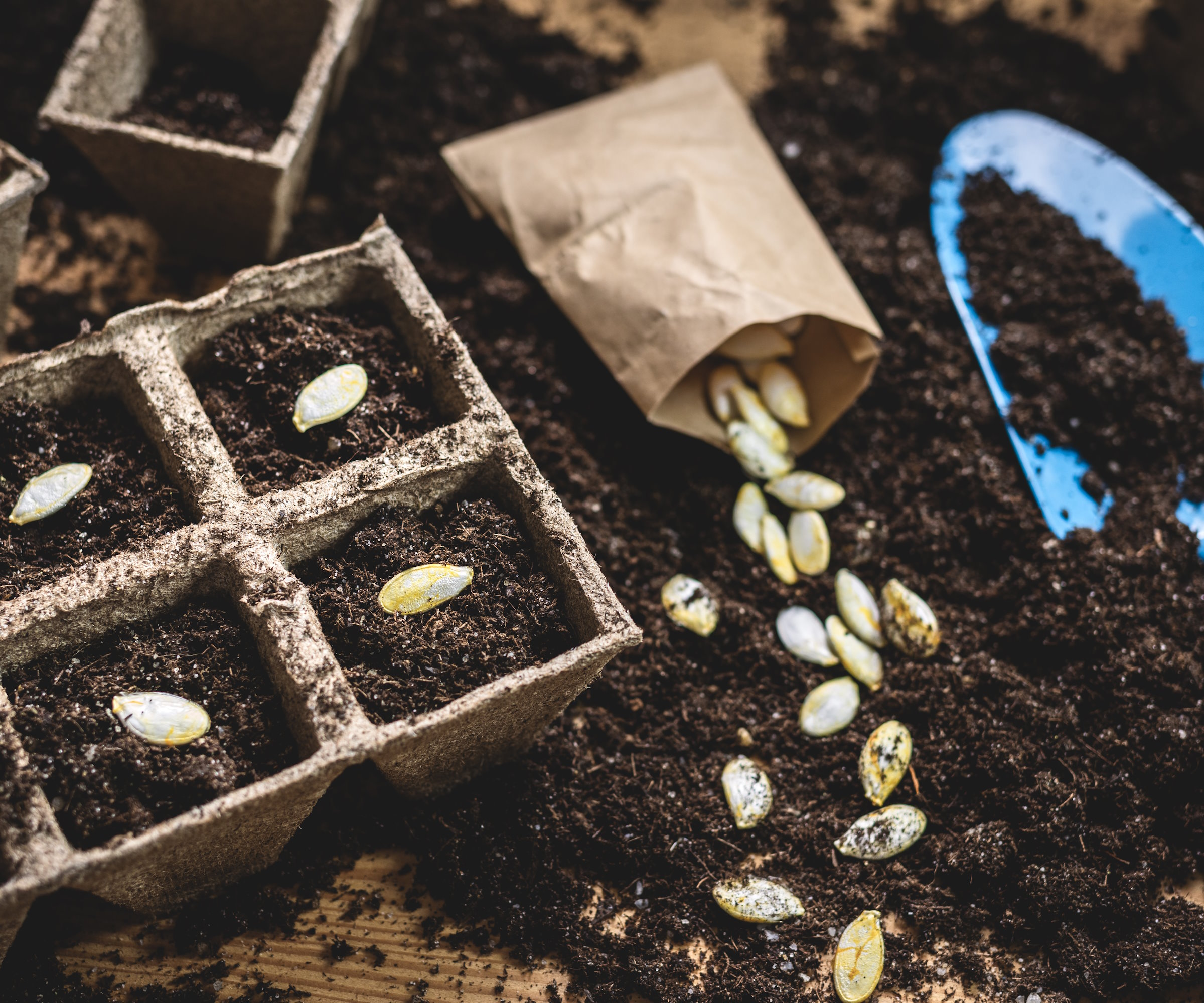
Pumpkin seeds need to be buried at least an inch deep
3. Location
Giant pumpkins need lots of space to grow and they want lots of sun. So, choose a site that is open and spacious, but protected from strong winds, and that gets a lot of sunlight. You do need a lot of space to ensure that your pumpkins grow into a good size - and it may be more than you expect.
Julie Huffaker from Farmhouse Harvest says: 'Each plant typically requires at least 400-600 square feet of space. Ensure they have plenty of room to spread out and receive adequate sunlight.'
The soil type wants to be rich and well-draining. It is recommended to incorporate lots of well-rotted manure or compost into the soil prior to planting. This will help with soil structure and moisture retention, as well as provide essential nutrients that will help the pumpkin grow quickly. If you are in a colder climate, then it may be beneficial to grow giant pumpkins inside a greenhouse or polytunnel to provide consistent warm temperatures required to grow to massive size.
Pumpkin plants will grow best in a sunny spot, but they can do with protecting from extreme weather. Itamar Ben-Dor from Green-Life advises that pumpkin growers keep an eye on the weather to prevent their precious fruits from being damaged.
He says: 'Protect your pumpkin from extreme heat or cold, using shade cloth or blankets when necessary. Shade your pumpkin in the scorching sun to prevent sunburn.'
As well as heat and cold, strong winds can cause damage to the plant. The solution if there are winds forecast is to wind-proof the pumpkins by putting up netting or barriers around the developing fruit.
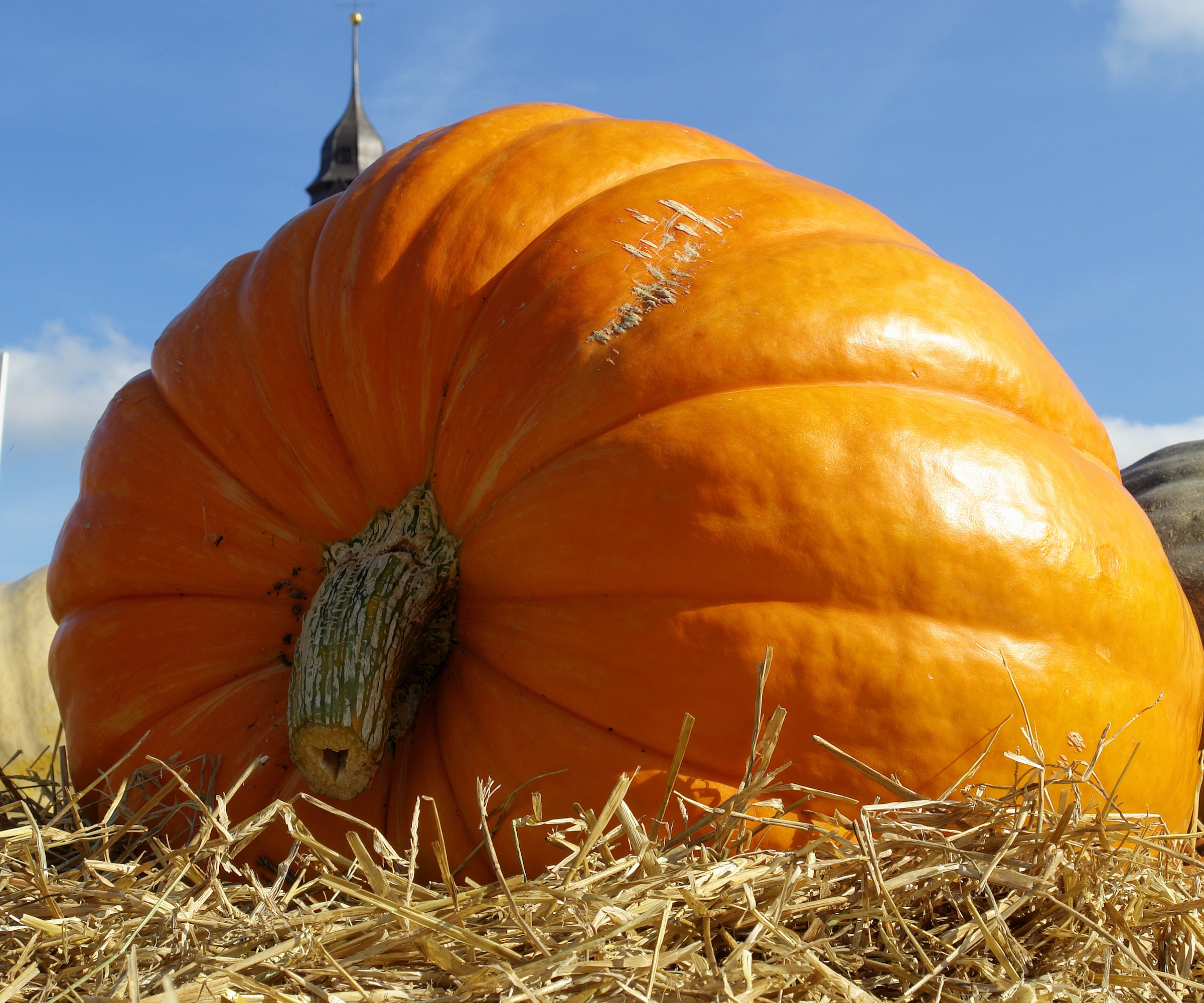
Pumpkins want lots of sun to grow in
4. Feeding
You need to water plants well after you put them in the ground, as you would with any plant, and then regularly check the moisture levels. Pumpkins grow very quickly and need a lot of water and nutrients. Keep the soil constantly moist, but not waterlogged, and take care when watering plants to water the soil and not the foliage. Wet leaves will only encourage fungal problems, such as powdery mildew.
Fertilizing is going to be key to growing giant pumpkins. They require a regular and planned feeding schedule to help them grow to their full potential and the fertilizing requirements of pumpkins change at different stages of their growth. It is advised to do a soil test prior to planting to understand the pH and nutrient levels of the site.
In spring the pumpkins will benefit from a high-nitrogen fertilizer to encourage the growth of foliage. Then the nutrient demands switches from lots of nitrogen for foliage to more phosphorus or potassium to encourage flowering and fruits. A weekly or fortnightly feed is enough to provide plants with all the nutrients they need.
Julie Huffaker from Farmhouse Harvest claims that a balanced slow-release fertilizer that has a ‘high potassium content’ will help to develop the fruit once the pumpkins have set. She adds that you can use ‘a foliar spray of diluted fish emulsion or a specialised pumpkin fertilizer’ to help the pumpkins grow. One example of a dedicated pumpkin feed is Pumpkin Juice liquid fertilizer, available at Amazon.
It is important to not over-do the fertilizer as too much can actually cause the pumpkins to grow too quickly and start to break themselves away from the vine itself.
There are some giant pumpkin growers who are even known to feed plants with milk or sugar solution to promote more growth, to give the pumpkins calcium and potassium. However, there are other alternatives to provide the same nutrients, including compost, comfrey feed, or seaweed fertilizer.

Juliea Huffaker is the founder of Farmhouse Harvest and, in her vegetable garden, she grown pumpkins, including a few giant pumpkins, almost every year!
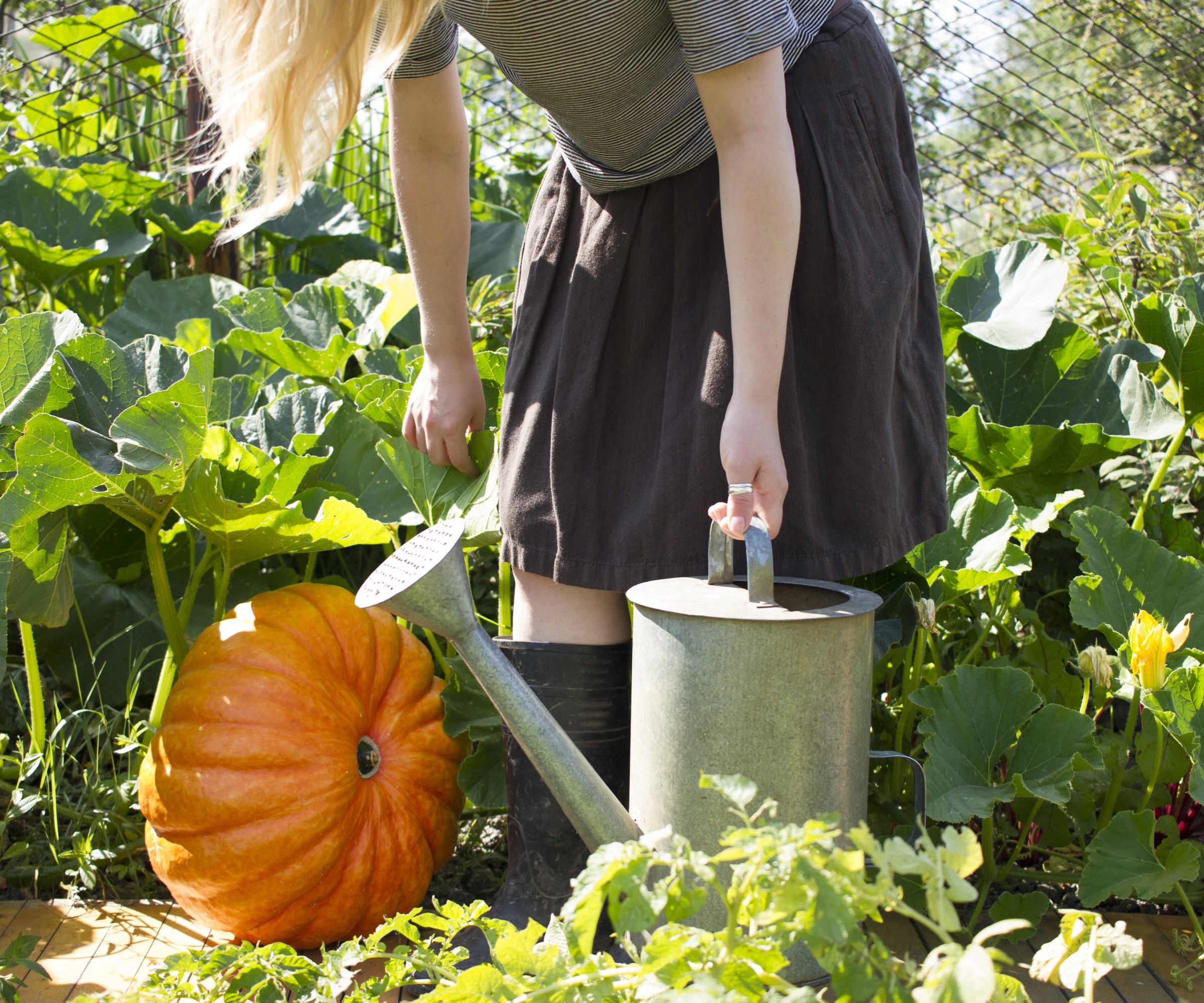
Regular watering and feeding will reward you with large and healthy pumpkins
5. Pruning
Once your pumpkin plants are growing strongly, it is best to start pruning pumpkin plants to focus the growth. If left to their own devices, pumpkins will sprawl and produce lots of flowers and fruits on their vine. This can mean lots of smaller pumpkins, while you may want less numbers but larger pumpkins.
When there are three fruits forming, it can be best to then remove any more flowers. Ultimately, you then choose which of those three are growing the fastest, removing the others after a few weeks and putting all the energy into that one pumpkin.
Once the plants are growing strongly and you have selected your focused pumpkins, then regular pruning of the plants can further focus the energy. Pumpkin plants will naturally sprawl and this fast expansion of growth can waste vital energy that would be better going into growing the fruit to its fullest potential. When the vines get more than 10 feet past the pumpkin itself, then cut them back. And do not let each side shoot get more than around 8 feet long.
Itamar Ben-Dor recommends that plants are routinely pruned for the benefit of its health, and also the eventual size. He says: 'Regularly trim excess vines and remove any deformed or damaged pumpkins to direct the plant's energy toward a single, massive fruit.'
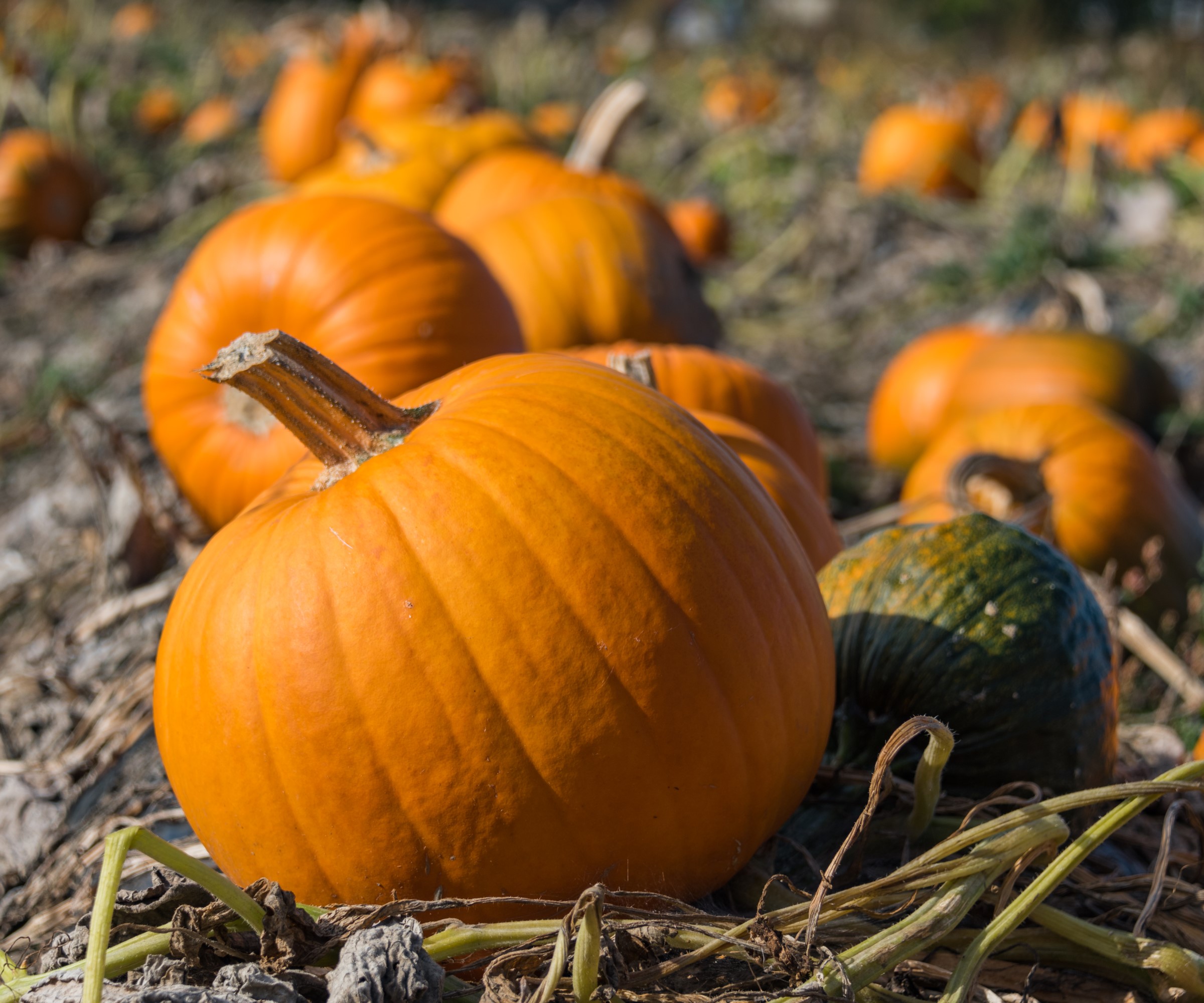
Pruning can help divert lots of energy into developing specific fruits
6. Harvesting
There are several tell-tale signs that show that a pumpkin is ripe and ready to be picked. This includes the skin color being uniform, the rind being thick - a good test is to push your fingernail into the rind to see if it pierces it - and the pumpkin sounding hollow when you tap it. The stem should also be brown and woody.
The difference between harvesting standard pumpkins and giant pumpkins is obviously going to be the size - it is not going to be simple if the pumpkin has reached show-bench level of size.
Harvesting and moving giant pumpkins is likely going to be difficult by hand, so you may need mechanical assistance and lifting straps to go around the fruit. Be very careful attempting to pick the large pumpkin off the vine, as you can harm yourself and one slip could easily cause damage to the fruit. If you are growing them to a size to show, then remember that the pumpkin begins to lose weight once cut from the vine.
FAQs
How do you make pumpkins grow bigger?
The most important aspects for large pumpkins are sun, space, water, and feed. The regular addition of fertilizer, along with a diligent watering schedule, is going to be key to giving pumpkins all the food they need so they grow steadily in size.
Should I remove pumpkin leaves?
Removing pumpkin leaves is especially important if the foliage shows signs of fungal diseases, with the plants susceptible to powdery mildew in particular. The removal of affected leaves can help keep the plant healthy overall and reduce any risks to the fruits you are growing. Removing any leaves that shade fruits will also help the pumpkins themselves grow stronger and, by pruning off excess foliage, it will boost the overall air flow around the plant, which is also a vital tool against fungal diseases.
Unfortunately, many pumpkins that are grown for Halloween displays, such as pumpkin carving, end up being thrown away after the festivities are over. Rather than simply putting the pumpkin in the trash, you can use leftover pumpkin as fertilizer. Chop up the pumpkins into pieces to add to the compost pile, so they can decompose and be used to feed the garden next year.
Sign up to the Homes & Gardens newsletter
Design expertise in your inbox – from inspiring decorating ideas and beautiful celebrity homes to practical gardening advice and shopping round-ups.

Drew’s passion for gardening started with growing vegetables and salad in raised beds in a small urban terrace garden. He has worked as a professional gardener in historic gardens and specialises in growing vegetables, fruit, herbs, and cut flowers as a kitchen gardener. That passion for growing extends to being an allotmenteer, garden blogger, and producing how-to gardening guides for websites. Drew was shortlisted for the New Talent of the Year award at the 2023 Garden Media Guild Awards.
-
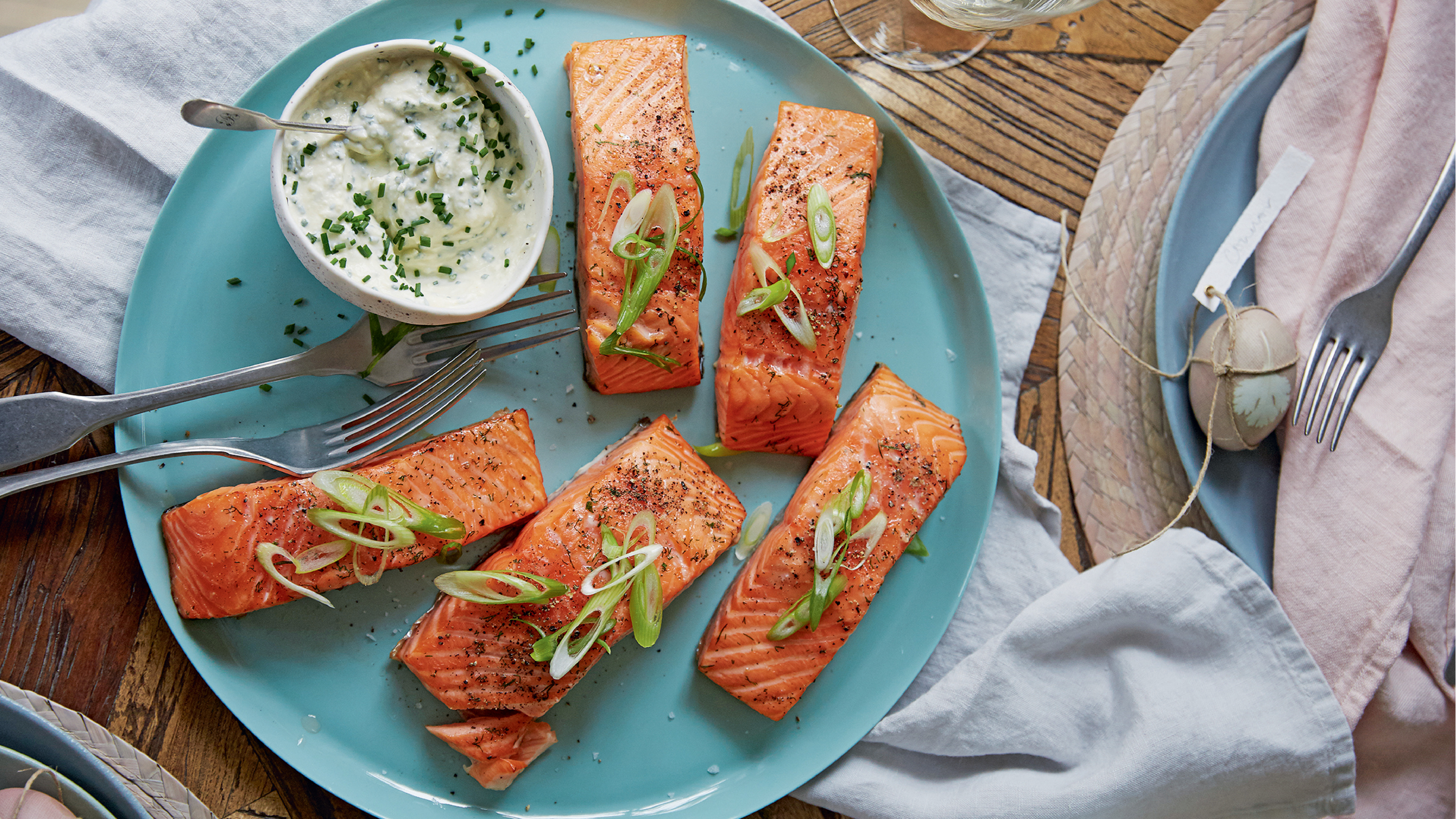 Tea-smoked salmon with horseradish dressing
Tea-smoked salmon with horseradish dressingWe love this salmon recipe, an impressive centerpiece to any Easter or spring menu. Served with horseradish dressing, it's got a kick, too
By Alice Hart
-
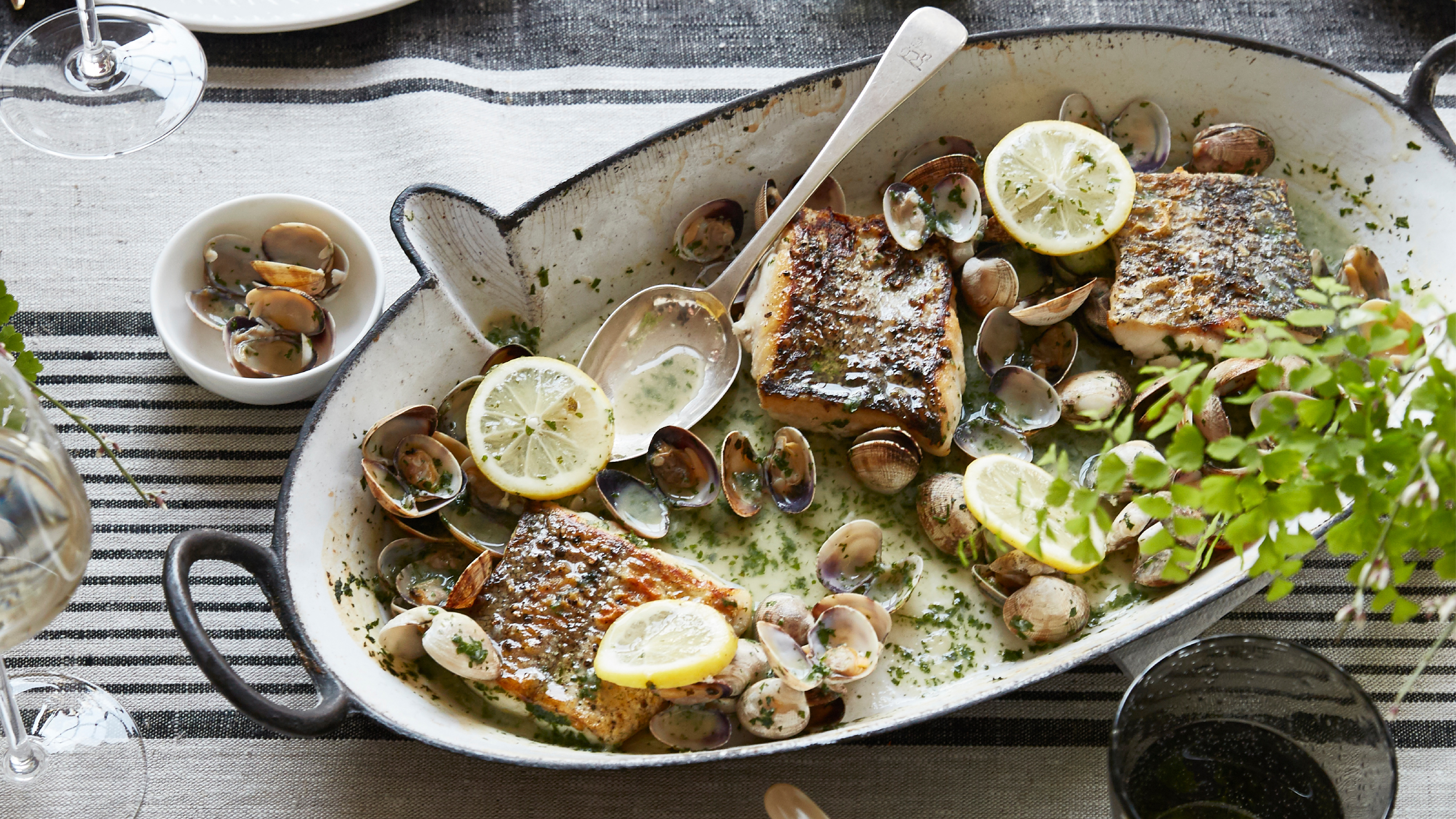 Hake and clams in parsley and wine sauce
Hake and clams in parsley and wine sauceThis one-pan hake and clams recipe is light, flavourful and made for spring — perfect for impressing Easter guests without the stress
By Alice Hart